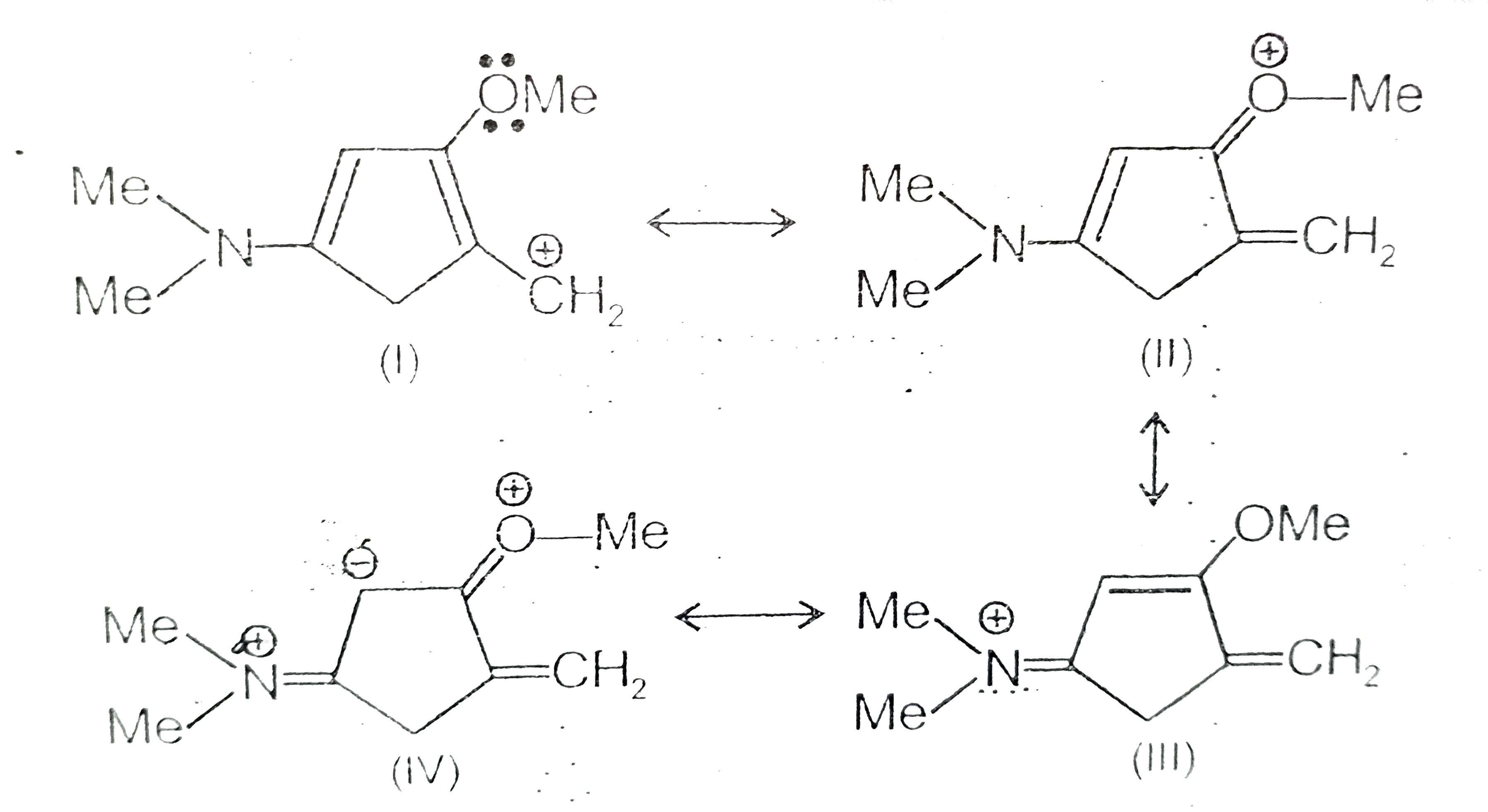The correct order of sedimentation of subcellular structures during differential centrifugation is
Lysosomes → Mitochondria → Nucleus → Ribosome
Nucleus → Mitochondria → Lysosomes → Ribosome
Mitochondria → Nucleus → Lysosomes → Ribosome
Ribosome → Mitochondria → Nucleus → Lysosomes
The correct Answer is:B
To solve the question regarding the correct order of sedimentation of subcellular structures during differential centrifugation, we need to understand the principle behind differential centrifugation and the relative sizes of the organelles involved.
1. Understanding Differential Centrifugation:
- Differential centrifugation is a technique used to separate cellular components based on their size and density. When a sample is centrifuged, larger and denser particles sediment (settle) faster than smaller and less dense ones.
2. Identifying Subcellular Structures:
- The subcellular structures mentioned in the question are:
- Nucleus
- Mitochondria
- Lysosomes
- Ribosomes
3. Determining Size Order:
- To determine the correct order of sedimentation, we need to arrange these organelles from the largest to the smallest based on their size:
- Ribosomes: These are the smallest among the listed organelles and are involved in protein synthesis.
- Lysosomes: These are slightly larger than ribosomes and contain enzymes for digestion.
- Mitochondria: These are larger than lysosomes and are responsible for energy production.
- Nucleus: This is the largest organelle, containing the cell's genetic material.
4. Correct Order of Sedimentation:
- Based on the sizes identified, the correct order of sedimentation during differential centrifugation from largest to smallest is:
- Nucleus > Mitochondria > Lysosomes > Ribosomes
5. Conclusion:
- Therefore, the correct order of sedimentation of subcellular structures during differential centrifugation is:
- Nucleus > Mitochondria > Lysosomes > Ribosomes.
- Differential centrifugation is a technique used to separate cellular components based on their size and density. When a sample is centrifuged, larger and denser particles sediment (settle) faster than smaller and less dense ones.
- The subcellular structures mentioned in the question are:
- Nucleus
- Mitochondria
- Lysosomes
- Ribosomes
- To determine the correct order of sedimentation, we need to arrange these organelles from the largest to the smallest based on their size:
- Ribosomes: These are the smallest among the listed organelles and are involved in protein synthesis.
- Lysosomes: These are slightly larger than ribosomes and contain enzymes for digestion.
- Mitochondria: These are larger than lysosomes and are responsible for energy production.
- Nucleus: This is the largest organelle, containing the cell's genetic material.
- Based on the sizes identified, the correct order of sedimentation during differential centrifugation from largest to smallest is:
- Nucleus > Mitochondria > Lysosomes > Ribosomes
- Therefore, the correct order of sedimentation of subcellular structures during differential centrifugation is:
- Nucleus > Mitochondria > Lysosomes > Ribosomes.
Topper's Solved these Questions
Similar Questions
Knowledge Check
The second order differential equation is
A(y')2=y2−xBy'y'' + y = sin xCy'''+y''+y=0Dy' = yDuring differentiation of xylem
AEnd walls are lost in tracheidsBLoss of protoplasm occurs in vesselsCLignified thikening develop in tracheary elementsDMore than one option is correct
The correct stability order of the give canonical structure is :AX>Y>ZBZ>X>YCX>Z>YDY>Z>X
The correct stability order of given resonating structures

View Solution
The correct order of stability for the given canonical structures is :
View SolutionThe correct stability order of the following resonance structure is

View SolutionCells which lose their nucleus during differentiation are
View SolutionThe correct stablity order of following resonating structure is/are :
View Solution
